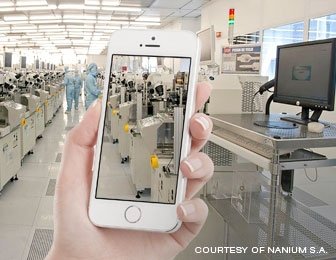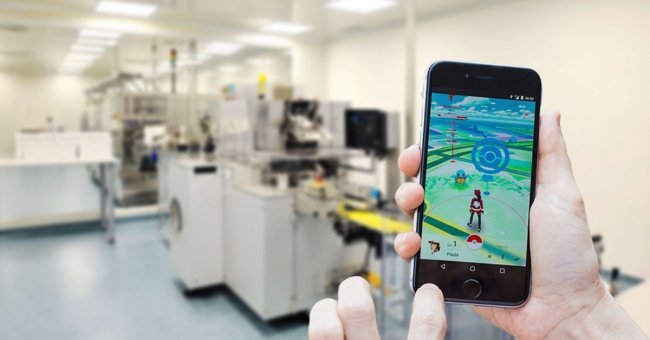The following article was published on 21 July 2016 on LinkedIn Pulse series.
The Pokémon Go fever probably did more for the Augmented Reality (AR) than any other recent technology. Perhaps even more than Google Glass when it first came out. Why? Two reasons.
First, because all of a sudden everyone realized they didn’t have to buy any additional gadget to use AR - most people already had all that was needed: their smartphones. Second, because for most persons it was difficult to realize the use cases for such technology. Now it’s easy to understand the usage as Pokémon went mainstream.
Futile usage? Perhaps, but a real usage nonetheless.
So what does this have to do with manufacturing?
Relax, I’m not saying we’re going to start looking for Pokémon inside the fab. But AR will be one of the fastest Industry 4.0 visions to materialize, simply because the technology is available and the use cases are compelling.
Some years ago, I was in a meeting with a good customer of ours and I mentioned our developments and roadmap in mobile technology for factories. I was literally laughed at. No matter how contradictory it may seem, advanced manufacturers are often the most conservative ones, and even skeptical, when it comes to adopting disruptive technologies.
But I’m sure they’re not laughing now. Everyone understood by now that mobile technologies will be a centerpiece for human-machine interaction in the production lines. While the Bring Your Own Device (BYOD) movement is still far from being accepted due to security and distraction concerns, it is already well accepted that more controlled mobile devices truly decrease operational costs, while carrying significant potential for productivity and quality increase.
Some usage types are more obvious than others in business-case terms
We started with maintenance technicians, because it was extremely inconvenient for them to jump from equipment to equipment when executing planned or unplanned maintenance activities, and having to login in nearby workstations to register the activities performed or for instance request spare parts.
But many other areas and roles followed. The decrease in operational costs, both direct (through cheaper equipment) and indirect (clean-room physical space or time-spent to move and login into the stations) almost always represents a tangible gain.
And it opens the door to completely new scenarios, such as the ones which use the devices incorporated in the smartphone or tablet. Some of these are more or less obvious such as using the built-in camera to identify equipment, products, containers or materials.
But some AR scenarios are really compelling. And will become even more as the different manufacturing physical entities are mapped into the digital-twin.
Like in Pokémon Go, the key aspect is to identify where we are
Like in Pokémon Go, the key aspect is to identify where we are inside the manufacturing facility and in which direction we’re facing. As there’s no GPS inside the facilities, some other location technologies must be used. Some of the most popular include indoor positioning using Wi-Fi triangulation. Then using the built-in gyroscope, one can know exactly where we are and what we’re seeing. Other alternative or complementary techniques include image pattern recognition from the built-in camera.
Then there are several scenarios where this can be used inside a facility. Three quick examples:
Pointing the device at a certain equipment and upon positive identification, additional virtual data can be added to the screen. This data can be: the current status of the equipment; which material is being produced; some important KPI’s, e.g. OEE; live streaming data of an online measurement (e.g. coming from an IoT-enabled temperature sensor); historical information about that equipment, such as when the last maintenance activity was performed; planned scheduling; etc.
In specific operations related to an equipment, an app may add important information for the operation being performed. A maintenance technician may see highlighted the parts that he is supposed to check or replace as part of planned activity; an operator may see highlighted the gauges or the consumables level he has to check as part of a normal work instruction.
When searching for a specific product or material, say for logistics or for quality inspection, an app may use arrows added to the camera image to guide the person throughout the facility, until reaching the product or material which is also highlighted for a quick identification.
The positive impact of these scenarios may be difficult to valuate, but are definitely tangible
Too far into the future?
Not really! All the necessary technology is already available and Pokémon Go has just proved it. While Industry 4.0 complete vision with smart materials and smart equipment taking autonomous decisions and using a shop-floor marketplace may take decades to become a reality, many pieces will run way faster. AR will be one of those.


